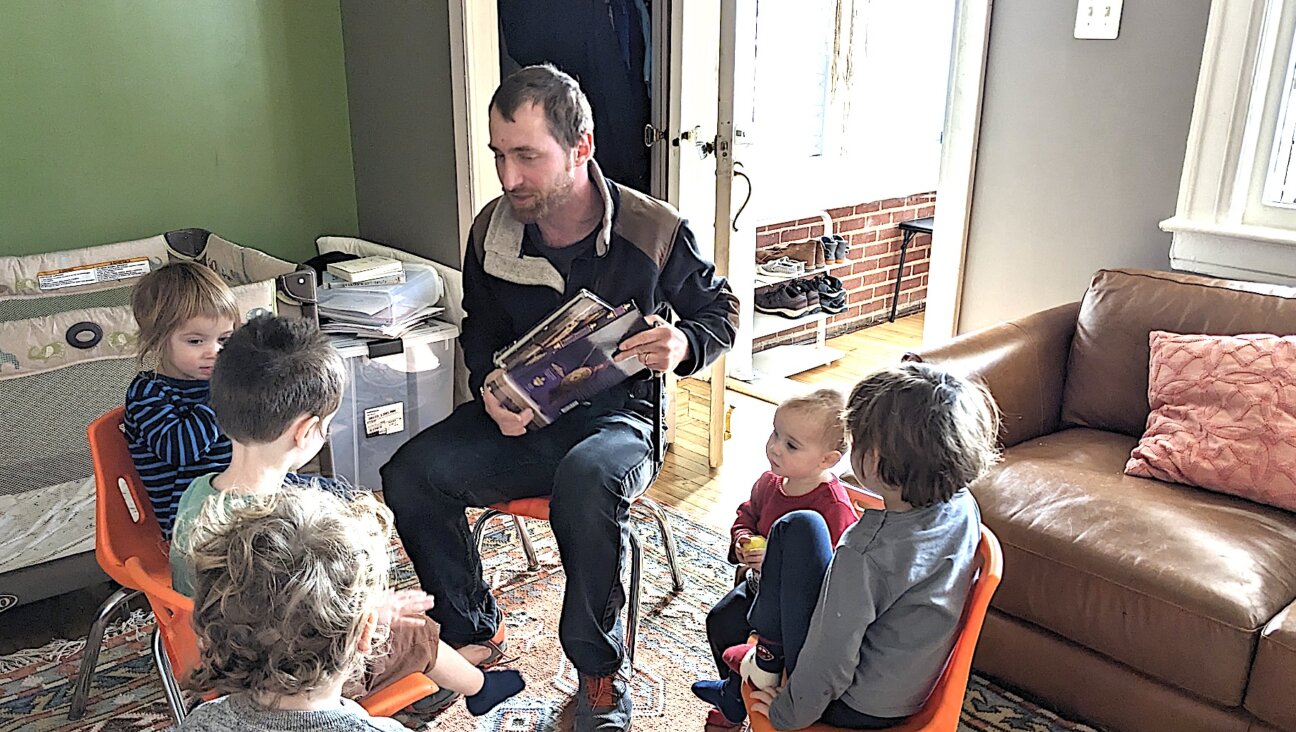This Amazing Project Invites The Public To Help Unlock Medieval Jewish Documents

Image by ISTOCK PHOTO, iStock
One group of Judaica scholars is taking crowdsourcing to a new level.
In a new initiative to unlock the thousands of parchment fragments from the Cairo Geniza, scholars are inviting the public to help scholars sort document fragments — all online, as part of a project by the University of Pennsylvania Libraries, the Princeton Geniza Project, the Library of the Jewish Theological Seminary, the Genizah Research Unit at Cambridge University Library and the Zooniverse.
Because Jewish law forbids the disposal of sacred documents, all old, used, and damaged Torah scrolls and other sacred text are kept in a geniza, a repository. The collection of the Cairo Geniza, originally in the Ben Ezra synagogue in Fustat (old Cairo), holds an astounding corpus of 350,000 document items dating mostly from the 10th-13th centuries, and was first thoroughly examined by Solomon Schechter at the turn of the 20th century. While the entire geniza has been since digitized, only about one-third of the corpus has been transcribed.
Even for the most learned of scholars, the transcription process is complex, mostly because script and language don’t necessarily correlate: Documents written in Hebrew script can be in Aramaic Hebrew, Judeo-Arabic, Judeo-Spanish, Ladino, or Yiddish.
Using the Zooniverse, a platform for “people-powered research”, the project offers a quick tutorial explaining the classification system — how to differentiate between script types and how to spot visual characteristics like a seal or colon (which denotes verses) — tasks which anyone, with little knowledge of Semitic languages, can complete. Each fragment is reviewed by several people for the sake of accuracy. The sorting will assist transcription in phase II for scholars.
“The unique contents from the Cairo Genizah are indispensable for understanding Jewish history and culture, especially in the context of medieval Islamic civilization,” said Dr. Arthur Kiron, Curator of the Judaica Collections at the University of Pennsylvania. “Over a thousand years of Jewish social, religious, political, economic, and everyday life are recorded in hundreds of thousands of fragments now scattered around the world. Research on these fragmentary remains has sparked a quiet revolution in our understanding of the past. Now scholars and the general public are able to work hand in hand to piece together the puzzle of this lost chapter of a medieval ‘Mediterranean Society’, as Shlomo Dov Goitein, the preeminent scholar of the Cairo Geniza, called it.”
Watch MacArthur Fellow Marina Rustow, a historian at Princeton University, explain the significance of the Cairo Geniza here:
“We hope our project will help to transform the ways in which research takes place and in the process expand and deepen Jewish literacy as everyone will have the opportunity to learn to read a variety of forms of handwritten Jewish texts,” said Kiron.

















